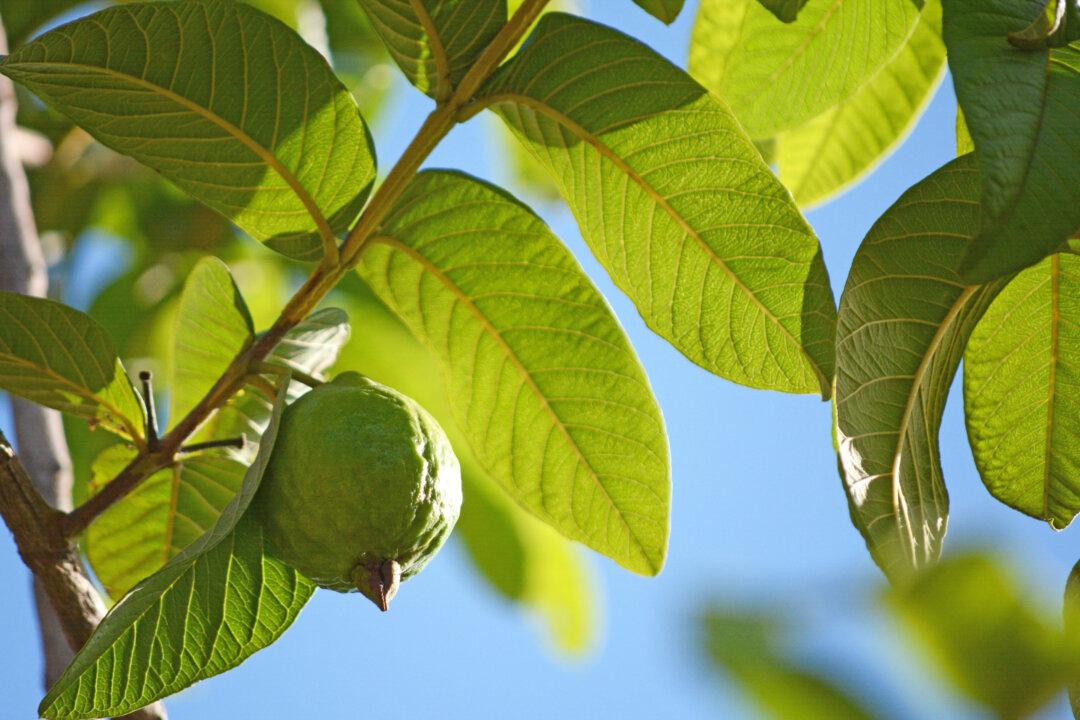Dietary Sulfur: Are You Getting Enough?
Sulfur has not been extensively studied for its role in human nutrition, however this should not undermine sulfur’s critical role in human health. Compounds containing sulfur are found in all cells of the body and adequate levels are required to maintain critical cellular and intracellular processes.[vi]Sulfur-Rich Vegetables:
Many foods contain some sulfur, specifically a compound called organosulfur that transfers from soil to plants, and then from those plants into the animals that eat them. However, due to pesticides and depleted soils that are a reality of our modern food chain, it is still possible that you are not getting adequate sulfur in your diet.To ensure you are getting all the health benefits that sulfur imparts, it’s a good idea to focus on consuming around 3 cups per day of sulfur-rich vegetables, including those belonging to the alliaceous and cruciferous families.
Alliaceous vegetables belong to a family of flowering plants under the genus Allium that have a strong onion or garlic smell and often have bulbs. While the family name may be unfamiliar, you are surely acquainted with the members, which include garlic, onions, leeks, shallots and chives.
Cruciferous vegetables are in the family Brassicaceae and include cauliflower, cabbage, kale, arugula, collards, garden cress, bok choy, radishes, watercress, broccoli, Brussels sprouts and similar green leafy vegetables.

Other High-Sulfur Foods:
Other foods that are high in sulfur include most beans, with steamed soybeans (edamame) having the highest concentration of sulfur-containing amino acids methionine and cysteine.[xv]Many fruits contain sulfur, with avocado at the top of the list and peaches and raspberries earning an honorable mention. Sulfur dioxide is used as a preservative when drying fruit, so indulging in dried apricots, dates, figs and prunes is another way to get more sulfur into your diet provided you do not have a sulfur dioxide sensitivity.

Finally, animal products that are grass-fed tend to have high levels of amino acids like cysteine and methionine, with organ meats having the highest sulfur content. Chicken and quail eggs, especially the yolks, are a great source of sulfur and can be suitable for vegetarians. Sustainably caught crab, lobster and scallops also have high sulfur, as do most nuts and seeds.
References [i] Jefferson National Linear Accelerator Laboratory, Education, It’s Elemental, Ele016, https://education.jlab.org/itselemental/ele016.html, Accessed May 3, 2020 [ii] Nimni ME, Han B, Cordoba F. Are we getting enough sulfur in our diet?. Nutr Metab (Lond). 2007;4:24. Published 2007 Nov 6. doi:10.1186/1743-7075-4-24 https://pubmed.ncbi.nlm.nih.gov/17986345/ [iii] Stephen Parcell, ND, Sulfur in Human Nutrition and Applications in Medicine, Altern Med Rev 2002;7(1):22-44, https://archive.foundationalmedicinereview.com/publications/7/1/22.pdf [iv] Nimni ME, Han B, Cordoba F. Are we getting enough sulfur in our diet? Nutr Metab (Lond). 2007;4:24, Published 2007 Nov 6. doi:10.1186/1743-7075-4-24, https://www.ncbi.nlm.nih.gov/pmc/articles/PMC2198910/ [v] Stephen Parcell, ND Cand. 2002, Sulfur in Human Nutrition and Applications in Medicine, https://archive.foundationalmedicinereview.com/publications/7/1/22.pdf [vi] Nimni ME, Han B, Cordoba F. Are we getting enough sulfur in our diet? Nutr Metab (Lond). 2007;4:24, Published 2007 Nov 6. doi:10.1186/1743-7075-4-24, https://www.ncbi.nlm.nih.gov/pmc/articles/PMC2198910/ [vii] Nimni ME, Han B, Cordoba F. Are we getting enough sulfur in our diet? Nutr Metab (Lond). 2007;4:24, Published 2007 Nov 6. doi:10.1186/1743-7075-4-24, https://www.ncbi.nlm.nih.gov/pmc/articles/PMC2198910/ [viii] Terry Wahls, MD, The Benefits of Garlic, https://terrywahls.com/the-benefits-of-garlic/ [ix] Science Direct, Topics, Medicine and Dentistry, Glutathione, https://www.sciencedirect.com/topics/medicine-and-dentistry/glutathione, Accessed May 4, 2020 [x] The contribution of alliaceous and cruciferous vegetables to dietary sulphur intake. Doleman JF, Grisar K, Van Liedekerke L, et al. The contribution of alliaceous and cruciferous vegetables to dietary sulphur intake. Food Chem. 2017;234:38‐45. doi:10.1016/j.foodchem.2017.04.098. PMID: 28551250 [xi] Nicastro H.L., Ross S.A., Milner J.A. Garlic and onions: their cancer prevention properties. Cancer Prevention Research (Philadelphia) 2015;8(3):181–189. PMID: 25586902 [xii] Zhang X., Shu X.O., Xiang Y.B., Yang G., Li H., Gao J.…Zheng W. Cruciferous vegetable consumption is associated with a reduced risk of total and cardiovascular disease mortality. American Journal of Clinical Nutrition. 2011;94(1):240–246. PMID: 21593509 [xiii] Kurotani K., Nanri A., Goto A., Mizoue T., Noda M., Kato M.…Japan Public Health Center-based Prospective Study Vegetable and fruit intake and risk of type 2 diabetes: Japan Public Health Center-based Prospective Study. British Journal of Nutrition. 2013;109(4):709–717. PMID: 22571826 [xiv] Giacoppo S., Galuppo M., Montaut S., Iori R., Rollin P., Bramanti P., Mazzon E. An overview on neuroprotective effects of isothiocyanates for the treatment of neurodegenerative diseases. Fitoterapia. 2015;106:12–21. PMID: 26254971 [xv] Soy Nutrition Institute, Legume Analysis Highlights Superior Quality of Soy, https://thesoynutritioninstitute.com/legume-analysis-highlights-superior-quality-of-soy/. Accessed May 4, 2020.





